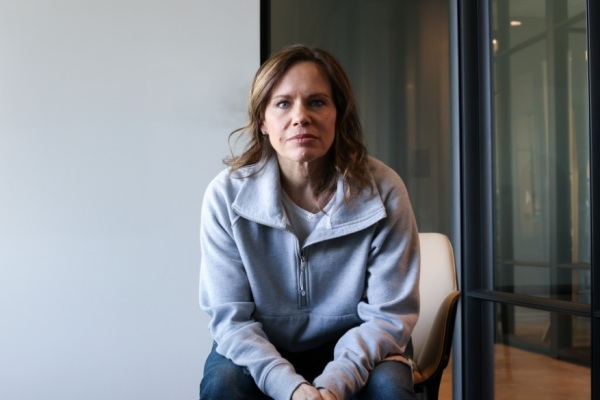Experts Begin $3 Million Restoration of Jesus' Tomb in Jerusalem After 200 Years of Neglect

A team of renovators have finally begun restoring the holy site where Jesus Christ is believed to have been entombed after His crucifixion.
Nine Greek experts have been tasked with preserving, restoring and reinforcing the Edicule — the chamber housing the tomb where Jesus was thought to have been laid to rest before He was resurrected — which is located at Jerusalem's Church of the Holy Sepulchre.
The Associated Press reports that restoration work began on Monday, which marks the first time in two centuries that the holy site has been restored.
The last time any restoration work was done to the Edicule was in 1810, after a fire in 1808 nearly destroyed it.
The project, which will take between eight to 12 months, will bolster the structure by replacing mortar and strengthening columns of the shrine. Some of the work will be done during the early morning hours and at night, as the holy site will remain open for pilgrims to visit.
The project comes as disagreements and tension between the Roman Catholic, Armenian and Greek Orthodox churches, whom all have some ownership and responsibility for different sections of the church, has delayed the much needed restoration. The tension between the denominations reached a boiling point in 2008 when an argument between the Greek Orthodox leaders and Armenian monks ended in a brawl.
But after Israel's Antiquities Authority deemed the building unsafe and it was briefly shut down by police last year, the three denominations were forced to overlook their differences and get the restoration effort underway.
"We equally decided the required renovation was necessary to be done, so we agreed upon it," the Rev. Samuel Aghoyan, the church's top Armenian official, told AP.
According to the Greek Orthodox patriarch of Jerusalem, Theophilos III, the renovation project will cost over $3 million, with all three of the denominations contributing to the effort.
According to AP, Jordan's King Abdullah has also made a personal donation, as his country continues to play a role in helping preserve Christians and Muslim holy sites.
AP reports that the experts who are working on the Edicule have done similar work on other ancient structures, such as the Acropolis in Athens, Greece and many historic Byzantine churches in the Mediterranean.
Antonia Moropoulou, the project's coordinator and an architect at the National Technical University of Athens, told AP that even though the tomb is stable, it has suffered much damage from many years of exposures to water, humidity and candle smoke. She also said that the structure needs to be protected from any possible damage that could occur from an earthquake.
"The marble and stone slabs have developed, due to the stresses, some deformations," Moropoulou explained.
With Moropoulou and her colleagues working on such a sacred holy site, she asserted that they aren't taking their responsibilities lightly.
"Nobody envies this responsibility and challenge," she said. "Because, it is a challenge to work here in this ambient of an open monument visited by thousands of people daily."
Even though the three denominations have had their issues in the past, the restoration effort is helping to bring these denominations together in the name of Christ.
"What has happened is a very good sign, a sign of togetherness," Theophilos III said.





















